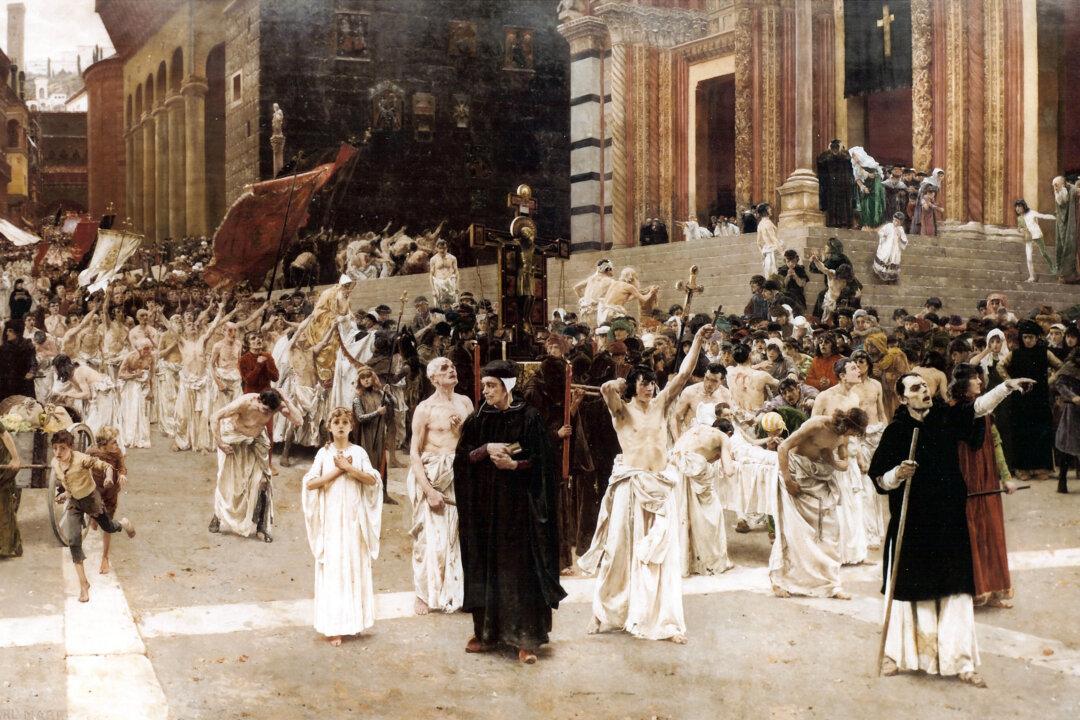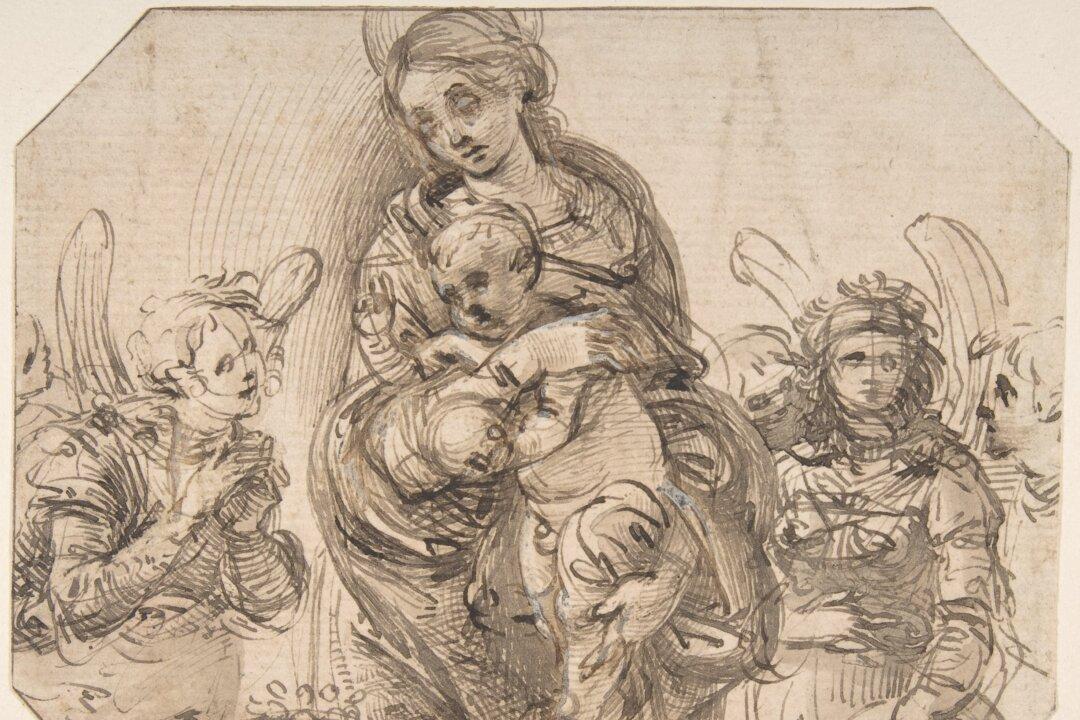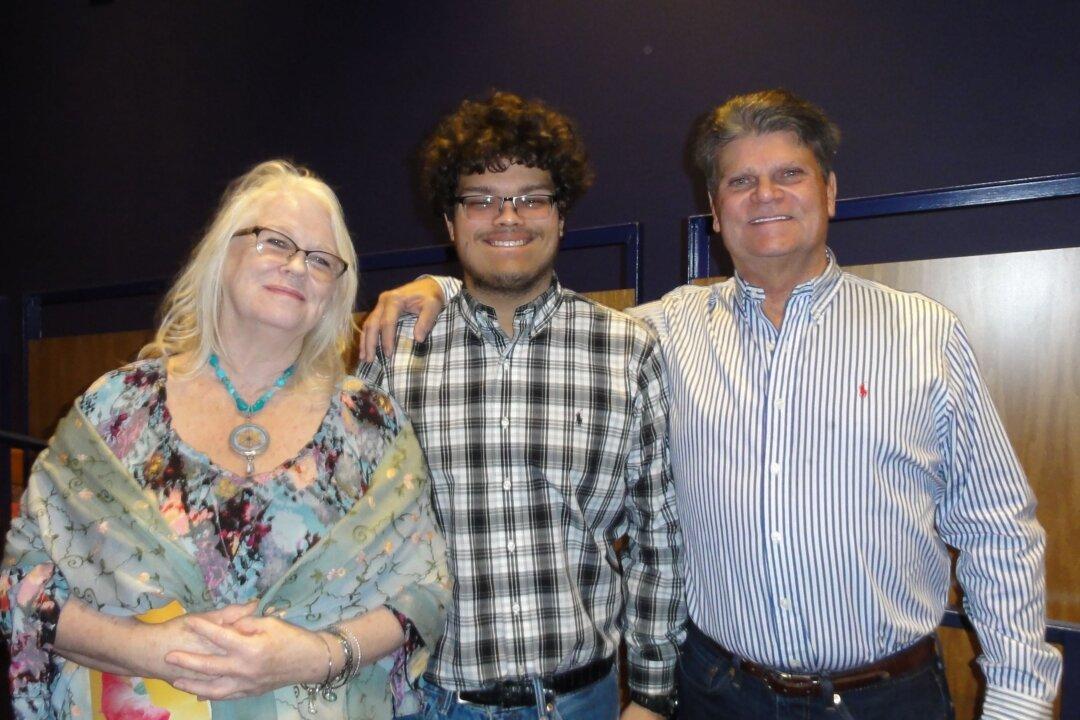Terror gripped the kingdoms of Europe that had been overwhelmed by the misery and chaos following the bubonic and pneumonic plagues. Known as The Great Mortality, nearly a third of the population in Western Europe from 1347 to 1350 had fallen victim. Dogs and rats scurried the streets feasting on the unburied dead. Farmers fell victim, leaving their crops to rot in the fields. Famine soon followed in a society that depended upon successful harvests.
Tales were told of ships drifting aimlessly at sea with crews of corpses. Doctors tending the sick would catch the disease and die before their patients. There was even a held belief that one could spread the plague just by having eye contact with another person.
The Great Mortality
One must remember that in 14th century Europe, people were at a loss to explain what the plague actually was—or what caused it. The University of Paris at the time thought it occurred due to a planetary alignment of Saturn, Jupiter, and Mars. Others believed it was God’s wrath for their sins. Accusations flew and tempers flared as the church provided no immediate solution. People were faced with the unknown, and they wanted the scourge to end. They wanted answers.
In a reaction to the incapacity of the church to solve the crisis, people from all walks of life decided to band together and forsake worldly pursuits. Known as flagellants, they gathered in groups and roamed from city to city, whipping themselves bloody to prove their faith. Confusion had bred irrationality and thus the flagellants, a reaction to the venality and corruption of the church, took off.






